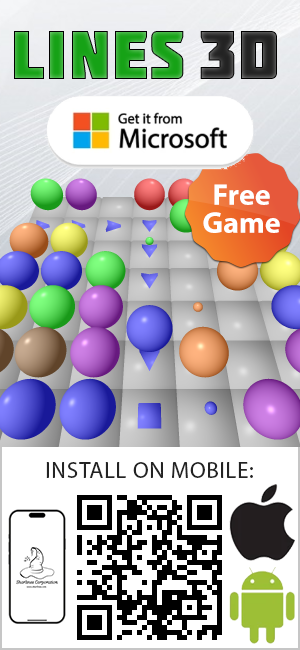The string representation of a type is implementation defined in C++, for example the following code produce the different output with MSVC, GCC and CLang:
#include <string>
#include <iostream>
struct A {};
class B {};
namespace ns
{
struct X {};
}
int main()
{
std::cout << typeid(A).name() << ", " << typeid(B).name() << ", " << typeid(ns::X).name() << ", " << typeid(std::string).name() << std::endl;
return 0;
}

